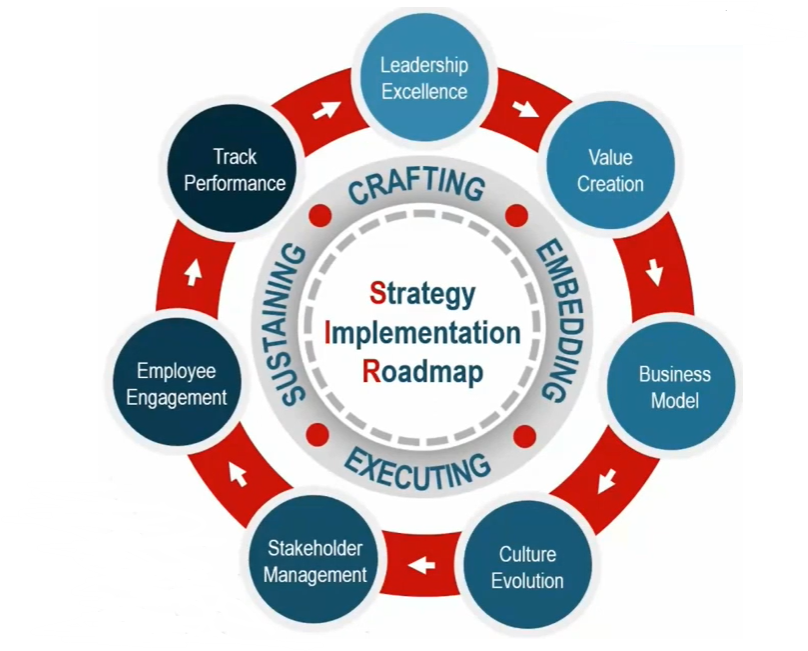Effective Strategy Implementation – People over structure

Strategic initiatives can be risky and many of them fail. Strategic plans get developed and even published, but still have no impact. In their 2008 book ‘The Execution Premium’, Norton and Kaplan note that 60-80% of companies fall far short of the expressed targets in their strategic plans. The Economist Intelligence Unit published ‘Why Good Strategies Fail’ which found that strategies in 61% of organisations dramatically underperform.
Why Strategies Fail and the Role of Communication
It is hard to find definitive, recent empirical research on the subject of failed strategy but that may not be surprising. Nobody wants to admit they can’t get things done. Statistics of the success rate of projects also differs wildly between sources from 50-90%. That being said, Bridges Business Consultancy report that in all their research since 2000, “Poor communication” is one of the top three reasons why strategy implementation fails.
Back in 2008, Harvard Business Review published a research-based article on successful strategy execution. This article has been cited hundreds of times and has stood up well to academic scrutiny. It explained that when firms fail to execute their strategy the first step is usually to restructure. Their research showed that this is ineffective. There are cases where a restructure will make a big difference – where there is a major misalignment between strategy and organisational structure. In most cases it does not. An organisational restructure may put the right people in the right places but it won’t create successful collaboration or make your strategy successful.
The Path to Success: Strategy Implementation Roadmap
Effective strategy implementation requires sharing information and enabling decision making. Leaders create the environment where that can happen. Two actions drive strategic success:
- Making sure information flows where it needs to go
- Ensure people know what decisions they can make and do so
Each of these two elements is twice as effective in implementing strategic goals as restructuring.
The Strategy Implementation Institute has created the Strategy Implementation Roadmap. It includes seven components to successfully implement strategy. Starting with leadership, it moves to proving the financial and business value of the change and has a strong focus on stakeholder engagement and creating the right culture. The cycle iterates by tracking performance and identifying further change.
Commitment to these steps, however, is often poor, despite consistent evidence over many years that information sharing and empowering people works. Restructuring may match capability to delivery on paper, but it doesn’t do it in practice. Effective strategy implementation needs free flow of information and empowered people. Quality of delivery is best controlled by good systems and processes that let people succeed. Not by supervising them differently.
Leaders need to drive, inspire, and effectively sponsor change. Employees and Change Agents then take actions to deliver the strategy. To do this, they need the right information to act. They also need to know that they can make the necessary decisions to implement the strategy. People in the organisation need to build their capability to support the strategy and have the confidence to do so over a sustained period, making decisions as they go.
Phil Guerin, Consultant, Hague Consulting Ltd. © Hague Consulting Ltd 2023.
Share this on social media
